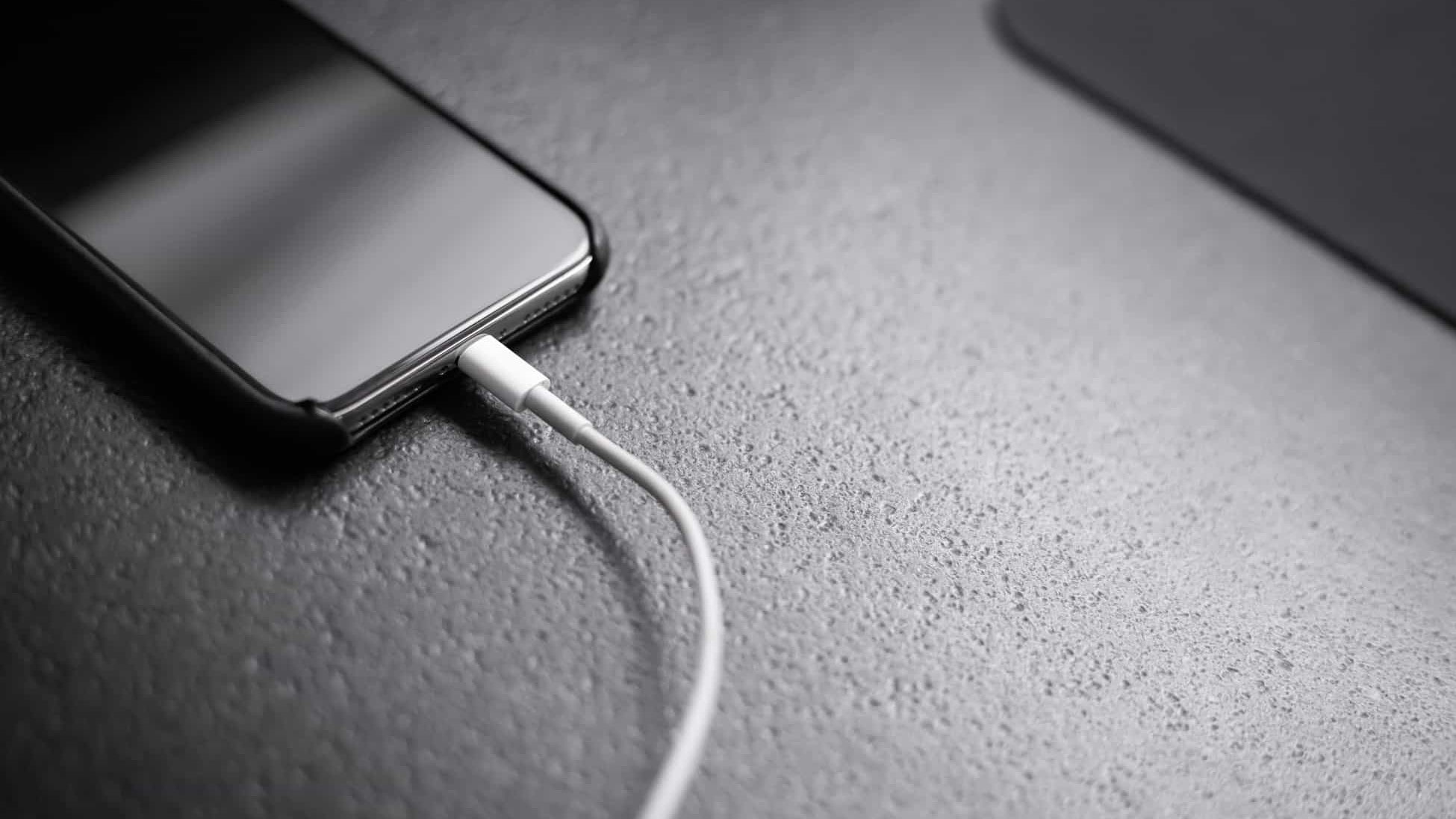In today’s fast-paced world, our smartphones have become an essential part of our lives. We rely on them for all sorts of communication, entertainment, and staying connected with friends.
But when it comes to charging our smartphones, we are often faced with a dilemma – should we opt for fast charging or slow charging? In this article, we will explore the pros and cons of both methods to help you make an informed decision.

First know the basics of fast charging and slow charging.
Before we delve into the details, let’s understand the fundamental difference between fast charging and slow charging. Fast charging, as the name suggests, allows you to recharge your smartphone quickly by delivering a higher current to the battery. On the other hand, slow charging involves a lower current and takes a longer time to charge your device fully.
Pros and cons of fast charging.
Pros:
Time-saving: One of the most significant advantages of fast charging is its ability to save time. In today’s busy world, we often find ourselves running low on battery power when we need it the most. With fast charging, you can quickly boost your battery level and get back to using your smartphone without having to wait for hours.
Convenience: Fast charging eliminates the need to carry around bulky power banks or chargers. Whether you’re traveling, at work, or simply on-the-go, fast charging allows you to top up your battery quickly and conveniently.
Emergency situations: Imagine being in an emergency situation where you need to make an important call or send an urgent message, but your smartphone battery is critically low. Fast charging can come to your rescue by providing a quick power boost when you need it the most.
Cons:
Battery lifespan: One of the primary concerns associated with fast charging is its impact on battery lifespan. Fast charging generates more heat, which can degrade the battery over time. Continuous use of fast charging may reduce the overall longevity of your battery.
Compatibility: Not all smartphones are compatible with fast charging technology. Before opting for a fast charging solution, ensure that your device supports this feature. Using incompatible chargers or cables may lead to ineffective charging or even damage your smartphone.
Cost: Fast charging technology often requires specialized chargers or cables, which may come at an additional cost. If you’re on a tight budget, investing in fast charging accessories might not be feasible.
Pros and cons of slow charging.
Pros:
Battery longevity: Slow charging is known to be gentler on the battery, which can help prolong its lifespan. By delivering a lower current, slow charging mitigates the risk of excessive heat generation, thereby reducing battery degradation.
Cost-effectiveness: Slow charging does not require any specialized chargers or cables. It uses the standard charging methods provided with your smartphone, saving you from any additional expenses.
Safety: Due to the lower current flow, slow charging is generally considered safer compared to fast charging. It minimizes the risk of overheating and reduces the chances of battery-related accidents.
Cons:
Time consuming: The most apparent drawback of slow charging is the time it takes to fully charge your smartphone. If you’re in a hurry or have a busy lifestyle, slow charging may not be the most convenient option for you.
Limited availability: While slow charging is the default charging method for most smartphones, not all devices support fast charging. If your smartphone does not have this feature, you might not have the option to switch to fast charging.
Some tips for users who don’t upgrade smartphone often.
- You can disable fast charging if you leave your smartphone overnight for charging.
- Don’t let the smartphone’s battery below 15% and above 85%, this will extend battery life.
- Don’t let the smartphone heat too much, too much heat kills battery faster.
- Avoid using smartphone while charging and use case that doesn’t trap heat.
Conclusion.
So, which charging method is better for your smartphone?
The answer depends on your personal preferences and requirements. If time-saving and convenience are your top priorities, fast charging is the way to go. However, if you prioritize battery longevity and cost-effectiveness, slow charging may be the better choice for you.
It’s crucial to strike a balance between quick charging when needed and allowing your battery to undergo slow charging occasionally to maintain its health. Additionally, make sure to use high-quality chargers and cables to avoid any safety issues or damage to your smartphone.
Ultimately, the decision to fast charge or slow charge your smartphone lies in your hands. Consider your lifestyle, usage patterns, and budget before making a choice that suits your needs.
Leave a Reply